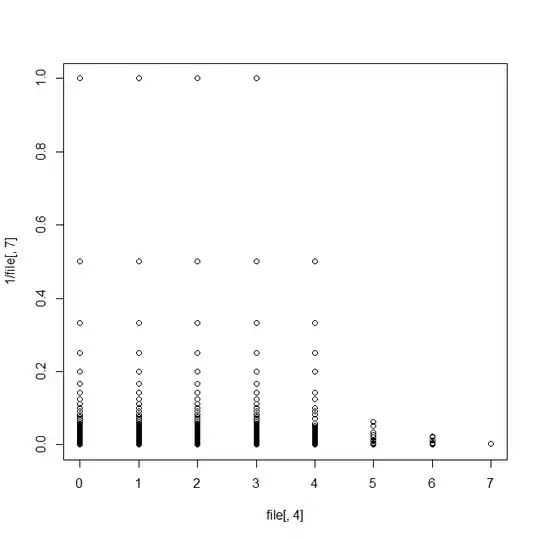I'm trying to figure out how many coin flips you'd need to have a greater than 50% chance of having seen a heads, given a biased coin with heads probability $p$.
From this question we can see that the probability of it taking $k$ flips is as follows
$$P(X = k) = p(1-p)^{k-1}$$
So if we want to find the probability of it taking $k$ flips or fewer, we can just sum up all the probabilities from 1 to k
$$P(X \leq k) = \sum_{n=1}^k p(1-p)^{n-1}$$
Using Desmos we can see that what we get looks exactly like we'd expect, with an asymptote to 1 that becomes too small to see past around 15
But I want to figure out how many flips you'd need to pass 50% probability, and that means allowing for fractional flips, so let's switch our summation to integration
$$P(X \leq k) = \int_{1}^k p(1-p)^{n-1} \ dn$$
But now, this happens! The asymptote now only goes to 0.8, and at 1 flip the probability is listed as zero! Why?

